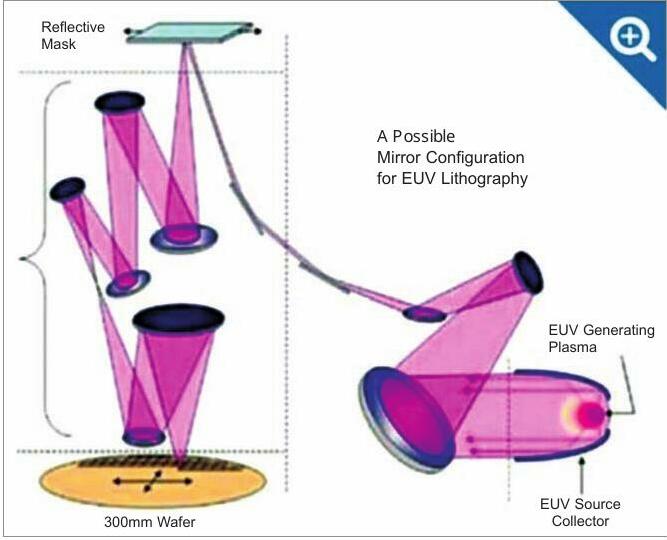
Memory is typically used for storing the data or program code needed by a computer processor to function. To accomplish this task, Dynamic random access memory (DRAM) is employed. DRAM is a common type of random access memory (RAM) used in personal computers (PCs), workstations, and servers. Random access allows the PC processor to access any part of the memory directly rather than proceeding sequentially from a starting place.
How does DRAM work?
Memory is made of bits of data or program code arranged in a two-dimensional grid. DRAM stores bits of data in what's called a storage or memory cell, consisting of a capacitor and a transistor. The storage cells are typically organised in a rectangular configuration. When a charge is sent through a column, the transistor in the column is activated. A DRAM storage cell is dynamic, meaning that it needs to be refreshed or given a new electronic charge every few milliseconds to compensate for charge leaks from the capacitor.
The memory cells work with other circuits that identify rows and columns, track the refresh process, instruct a cell whether or not to accept a charge, and read or restore data from a cell.
DRAM is one option of semiconductor memory that a system designer can use when building a computer. Typical sizes of DRAM are about 1 to 2GB in smartphones and tablets and 4 to 16GB in laptops.
Advantages of DRAM
• Very dense
• Low cost per bit
• Simple memory cell structure
Disadvantages of DRAM
• Complex manufacturing process
• Data requires refreshing
• More complex external circuitry required (read and refresh periodically)
• Volatile memory
• Relatively slow operational speed
This story is from the December 2023 edition of Electronics For You.
Start your 7-day Magzter GOLD free trial to access thousands of curated premium stories, and 9,000+ magazines and newspapers.
Already a subscriber ? Sign In
This story is from the December 2023 edition of Electronics For You.
Start your 7-day Magzter GOLD free trial to access thousands of curated premium stories, and 9,000+ magazines and newspapers.
Already a subscriber? Sign In

TRULY INNOVATIVE ELECTRONICS -INNOVATION UPDATES
Amongst numerous press releases of new products received by us, these are the ones we found worthy of the title Truly Innovative Electronics

Elastomer enhancing smart wearable performance
A high-tech, flexible wearable device made from the innovative elastomer material

Nanotechnology based noninvasive cancer diagnostics
Nanoflake sensors built from indium oxide with platinum and nickel detect changes in isoprene

Space communication with silent amplifiers
In the new communication system from researchers at Chalmers University of Technology, in Sweden, a weak optical signal (red) from the spacecraft's transmitter can be amplified noisefree when it encounters two so-called pump waves (blue and green) of different frequencies in a receiver on Earth.

Advancements in TOPCon solar cells
The structure and performance of tandem devices with highly passivated TOPCon bottom cells

Quantum leap in magnetism refines superconductors
Rice University physicists have uncovered key magnetic and electronic properties in kagome magnets, structures resembling basket-weaving patterns.

Sensor targets food antioxidants
A research team from Hunan City University and Xiangtan University in China has developed a sensor for detecting TBHQ, a food antioxidant used in oils and fats, addressing health concerns at high concentrations.

Data sensing with repurposed RFID tags
UC San Diego researchers have advanced passive data collection with a breakthrough in battery-free sensing.

Seal-inspired sensors to safeguard offshore wind farms
Schematic structure of the seal whisker-inspired flow sensors

Artificial nose identifies scents accurately
Artificial nose identifies scents accurately